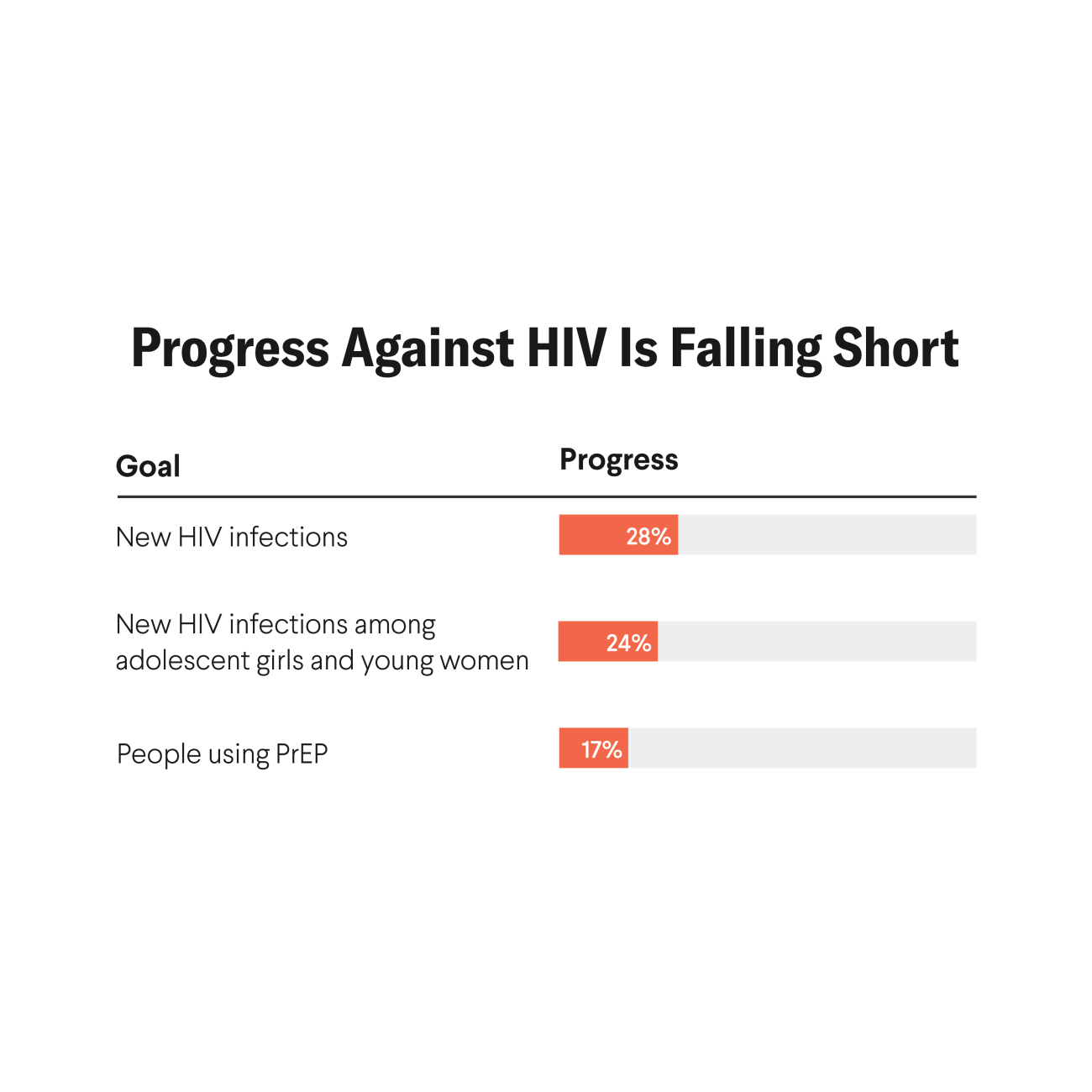Whenever people in the Indian village of Budhpura bleed from their mouths, they fear that they have developed silicosis, a deadly disease.
Hundreds of laborers there work tirelessly each day in its vast sandstone mines, breathing in the silica dust that is present in rock, sand, and quartz. Regular exposure to the dust can lead to silicosis, as can work in the construction industry. The village is considered a hub for the export of sandstone to Europe.
Budhpura is not alone. The northern state of Rajasthan where it is located has more than 33,000 mines, the most of any state in India, and an estimated 2.5 million people work in them. The state reported 31,869 cases of silicosis between 2018 and January 19, 2023, but thousands of others were not confirmed by laboratory testing. The true total is thus much higher.
The northern state of Rajasthan where it is located has more than 33,000 mines, the most of any state in India
Dr. Nirender Kumar, who works at Sawai Man Singh Medical College in the nearby town of Bundi, said the facility saw fifty to sixty patients with respiratory issues each day, and half of them have silicosis. He recalled examining Uttpal Singh, a forty-five-year-old mine worker who had been diagnosed with silicosis three years prior and was complaining of excruciating chest discomfort and shortness of breath. “When he came for a consultation, his lungs were destroyed,” Kumar explained.
Due to the high rates of silicosis deaths among the area’s miners, some in the press have dubbed Budhpura a widow village.
Surbi Kumar’s husband worked in a stone quarry there, but passed away from silicosis in 2008. To support her ailing mother-in-law and two children, Surbi (who is not related to Dr. Kumar) began working in the same stone quarry where her husband had been employed. Now forty-one years old, Surbi was recently diagnosed with silicosis herself.
People in the town say hundreds of women there have taken up jobs that claimed the lives of their husbands, as they have no other means of survival. The average income of those employed in the mines is about 350 rupees per day, roughly $5.40. But the alternatives are worse: some widows pick trash in nearby garbage dumps for less than $3 per day.
Some measures could be taken to reduce this harm. What is known as dry drilling, that is, without water, exposes workers to fine silica dust, rendering them particularly susceptible to the disease. The Rajasthan State Human Rights Commission has recommended the state better enforce a requirement that mines adopt methods of wet drilling instead.
India’s Department of Mines and Geology said that it regularly inspects mines for illegal activity. In the past three years, it has revoked the leases of more than one hundred mines in Budhpura’s district for dry drilling. In recent years, mine owners in Budhpura have become more aware of required workplace safety precautions and safety gear, according to the Mine Labor Protection Campaign Trust, a nonprofit organization committed to regulating mining and empowering mine workers. As a result, wet drilling is becoming more prevalent.
The issue, though, is far from resolved. Devarajan Anand, a doctor in Budhpura, warned that if the government doesn’t enact stringent laws protecting miners, the number of silicosis sufferers will continue to rise.
Since 2019, the Rajasthani government has also provided silicosis patients and widows with some financial compensation. Patients each receive 200,000 rupees ($2,420) in compensation, and their families receive 300,000 rupees ($3,632) following their death. In Budhpura, the Mine Labor Protection Campaign Trust is setting up legal camps to help women who have lost their husbands to silicosis to secure compensation.
Its chief executive, Rana Sengupta, was registering widows and examining their paperwork while his legal team compiled a lengthy list of the group. Sengupta said it takes considerable effort to get cash recompense from the authorities.





